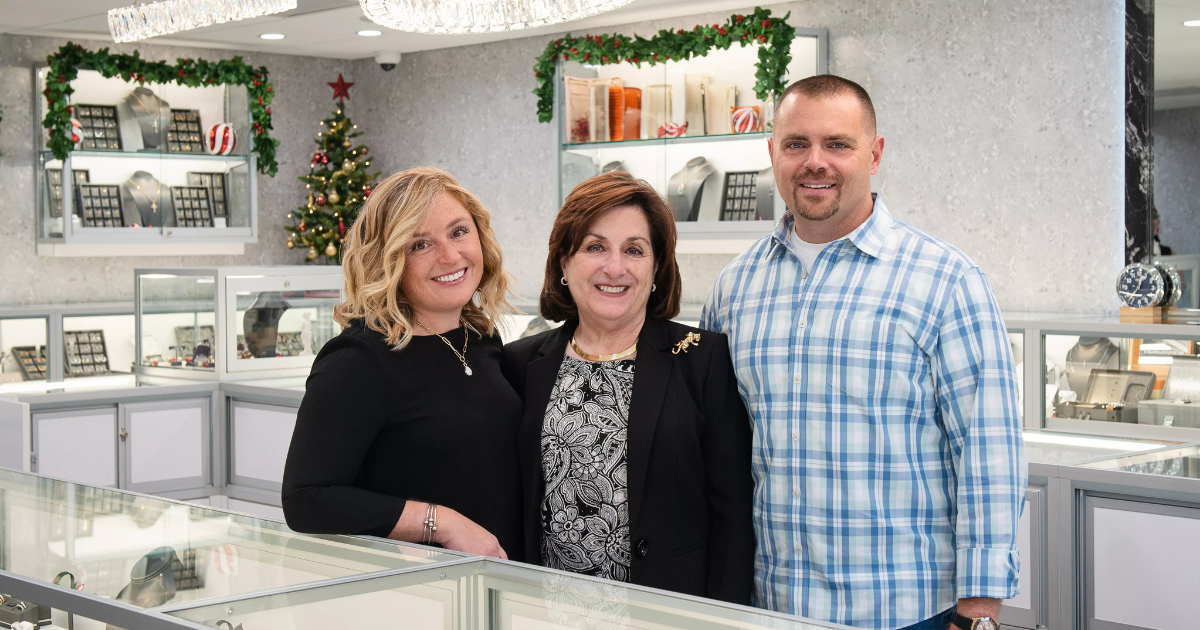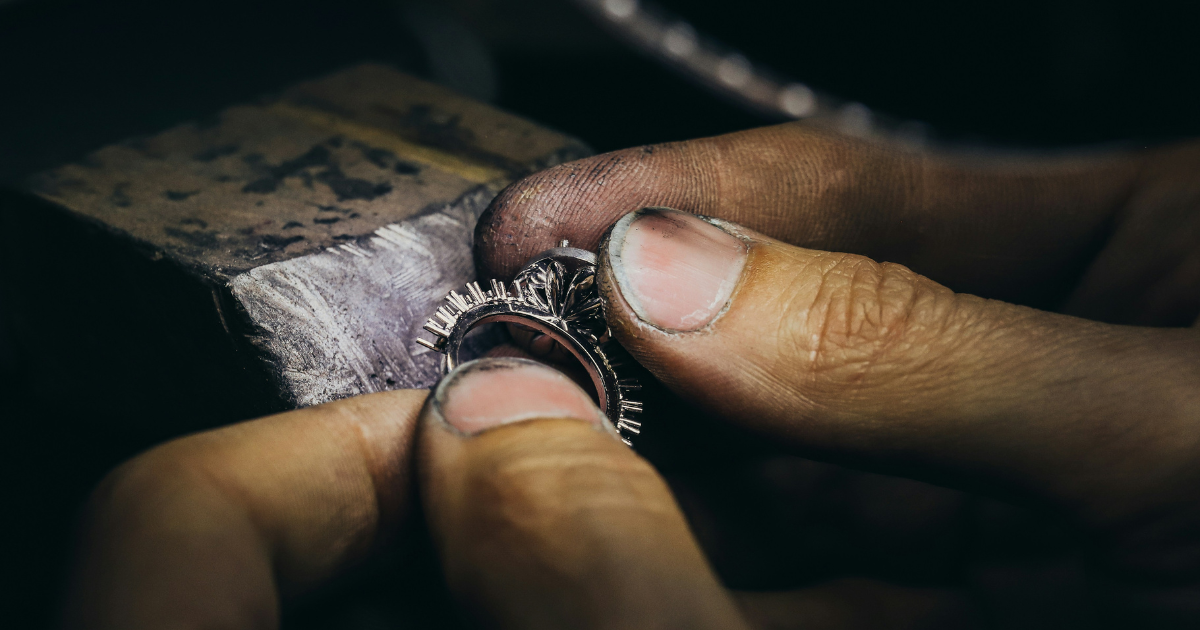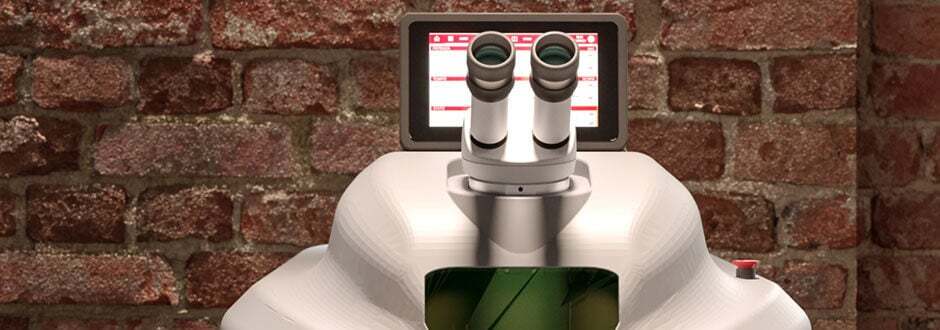Laser marking allows for a wide variety of processes, ranging from engraving symbols, names, or codes to photo incision, working on precious metals, steel, plastic, and many other materials.
To carry out each of these processes, it is necessary to adjust and configure the marker specifically, setting its parameters differently depending on the type of operation, the material being processed, and the thickness of the object to be treated.

How an Elettrolaser marker works
Elettrolaser markers have an internal working area whose size can vary from 6x6 cm up to 15x15 cm, where objects to be marked or cut can be placed.
The laser for marking is controlled by software capable of engraving images or vector drawings provided by the user on the object. Simply draw the desired image on the work sheet or upload an image file created using other software to initiate the process, reproducing it precisely in the desired size on the object placed inside the laser's working area.
The laser movement is controlled by a system of mirrors that adjust the x and y axes of the lens from which the laser beam emerges, without the need for mechanical arms or other devices. This way, by moving the lens, the beam travels within the working area, making progressively deeper incisions.

Adjusting the parameters of a marker
The operator using the laser marker has the ability to manually set some of the parameters that control the laser beam, particularly:
- Power
- Frequency
- Speed
The combination of these three parameters significantly affects the final result of the process, and it's up to the operator to find the best settings according to their needs and the type of material they are working on.
For example, to perform a surface engraving on gold, relatively low power is sufficient, whereas to obtain deep grooves or work on highly reflective materials, it is necessary to increase the power or, if this is not possible without damaging the object, repeat the process several times on the same area.
Other parameters also influence the machine's settings: if, for example, a piece will undergo subsequent processing, the operator may increase the power and reduce the speed to achieve a quicker result, even if with slightly less precision. On the other hand, for a cleaner result, it's advisable to reduce the power and increase the processing time, knowing that the additional time investment will be rewarded with more precise engraving or cutting.
The time investment to complete an engraving, however, is generally quite limited: one of the most common processes in goldsmithing, such as engraving names or symbols on rings or pendants, can usually be completed in a few seconds. The time increases if, instead of engraving a line, an entire area within a defined contour needs to be carved, or if a deeper groove is desired.
Elettrolaser provides all its customers with a list of basic parameters that can be considered as a starting point for engraving different types of materials. Operators can then refine the settings according to their specific needs and their company's organizational requirements. In the goldsmithing industry, for example, the processes to be carried out are often very different from each other, and the operator must evaluate which parameters are best suited to achieve a certain result. In industrial settings, on the other hand, where the marker is used to engrave trademarks or serial numbers on products, it is possible to define the best combination of parameters for optimal results and save those settings for future use whenever that specific engraving needs to be done.

Performing cuts with the laser marker
A particular use of laser markers is for making cuts, which are accomplished by having the laser repeat the same path multiple times until it pierces the metal. In general, higher power can be used for cutting than for engraving, but caution should still be exercised, always considering the characteristics of the specific material being cut. For example, with silver, it's possible to use higher powers without risks, while when cutting gold, it's preferable to reduce the power values and increase the number of passes.
Of course, the thickness of the sheet to be cut decisively influences the adjustment of the tool; hence it's possible to define some standard parameters for specific situations (e.g., cutting a 1 mm thick gold object) that can then be modified directly by the operator as their confidence with the machine increases, making it easier for them to achieve better-quality results or reduce work times.
Elettrolaser technicians are always available to provide information on the correct setup of the markers and to evaluate together specific processes or materials. Additionally, remote laser control is also available to assist users in configuring the marker and establish the optimal parameters for specific tasks.
To learn more about Elettrolaser markers and their various application possibilities!
-3.png)


